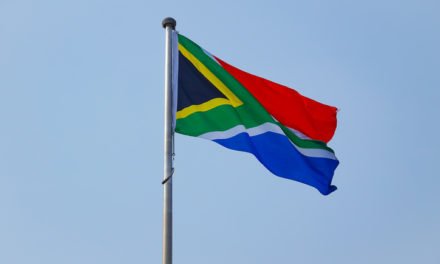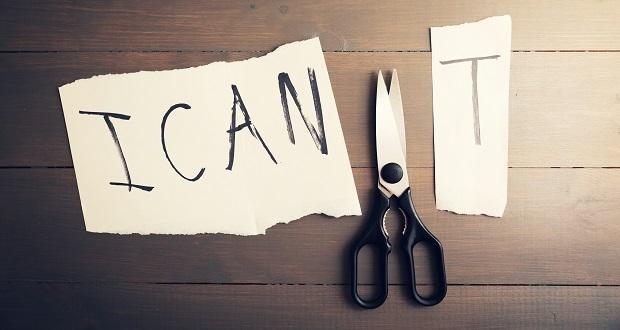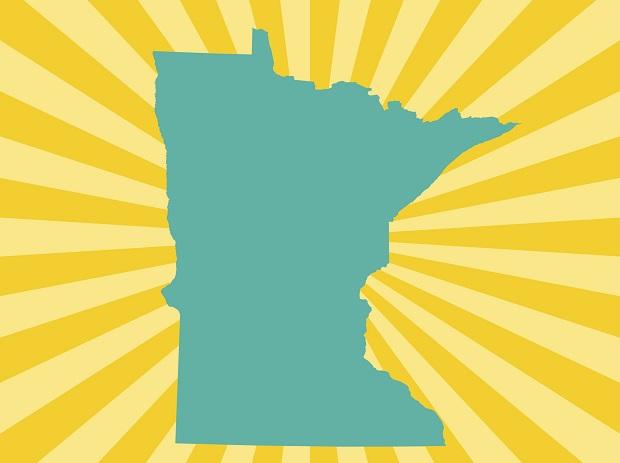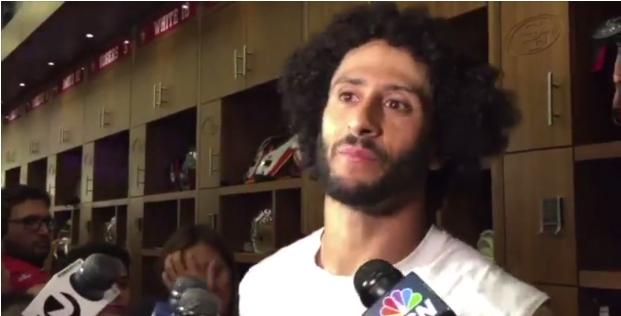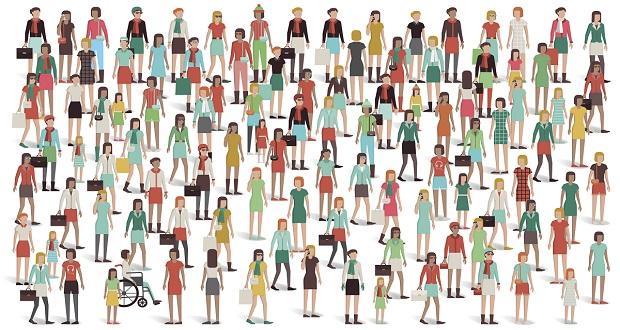
Diversification seems to be the key to success in human evolution – healthy and profitable portfolios, delicious dishes, exciting fashions, and inspirational art. I believe it is also the key to success for becoming an impactful diversity professional who creates a sustainable space for this work. Modeling diversification is critical to one’s effectiveness as a diversity and inclusion professional, and I’ve been reflecting on my own career in light of this idea: To what extent can I be effective or authentic if I don’t model ‘diversification,’ and practice inclusion in my own life?
I think that many folks are drawn to this career because they want to make a difference. However, our altruistic intentions must be met with ongoing strides to foster self-learning and greater understanding. In order to maintain our relevancy and effectiveness in this space, I posit that we can commit to modeling ‘diversification,’ and practicing inclusion the following ways:
1. Foster Intentional Awareness: As practitioners we should be intentional about staying informed on the current events that impact our broader human community. This means I must be willing to expand my media intake beyond one or two sources. If I am not aware of major events outside of my own cultural or ideological group, it diminishes my ability to fulfill my role as a D&I professional when employees who may be from a different background than me come to me at a time when they feel particularly vulnerable. By staying informed I can continue to learn and do my job better. It sends a message that I am a person who stays abreast of the diversity of worldviews around me, continues to be interconnected, and cares about the greater human family.
2. Truly Experience Difference: Identify opportunities where we can experience meaningful, authentic cross-cultural experiences into our lives. This is, perhaps, the hardest area to commit to because it asks for more than most people are willing to dedicate outside of work. Those that practice inclusion in their own lives are always taking advantage of opportunities to learn something new about another culture or community. Their dedication is so apparent that it usually weaves into their family without them even realizing. I see their children become special education teachers, therapists, diversity lecturers, and writers. I also see their pride in their young child’s decision to initiate a new friendship with a classmate with disabilities, or their older child’s decisions to take sign language in school. I also see this impact when I hear stories about their spouses, who chose to speak up to dispel a hurtful stereotype during a family holiday dinner. The continued exposure to authentic cultural experiences and events weaves into the fabric of these families who, as a result, experience it as second nature.
3. Move Beyond Charity: We should reframe from limiting our work with marginalized communities to a narrow scope of charity. Instead, we should identify opportunity to foster authentic relationships and build strong networks with the broader human community. We should leverage the experiences and narratives of these communities, and work together to develop solutions that move equity and justice forward. I believe this is where the best ideas come from, and how we get to a place where D&I is woven into our everyday.
In order for D&I work to remain relevant to the needs of society today, we, as practitioners, will need to be open to modeling diversification and practicing inclusion in our daily lives. If D&I work loses sight of any of the pieces that make up each community – if it loses track of the endlessly diverse threads of knowledge, culture, and identities that exist in our world – then we lose the opportunity to stay interconnected within the greater human family and make a broader, more authentic impact in the diverse communities around us.

